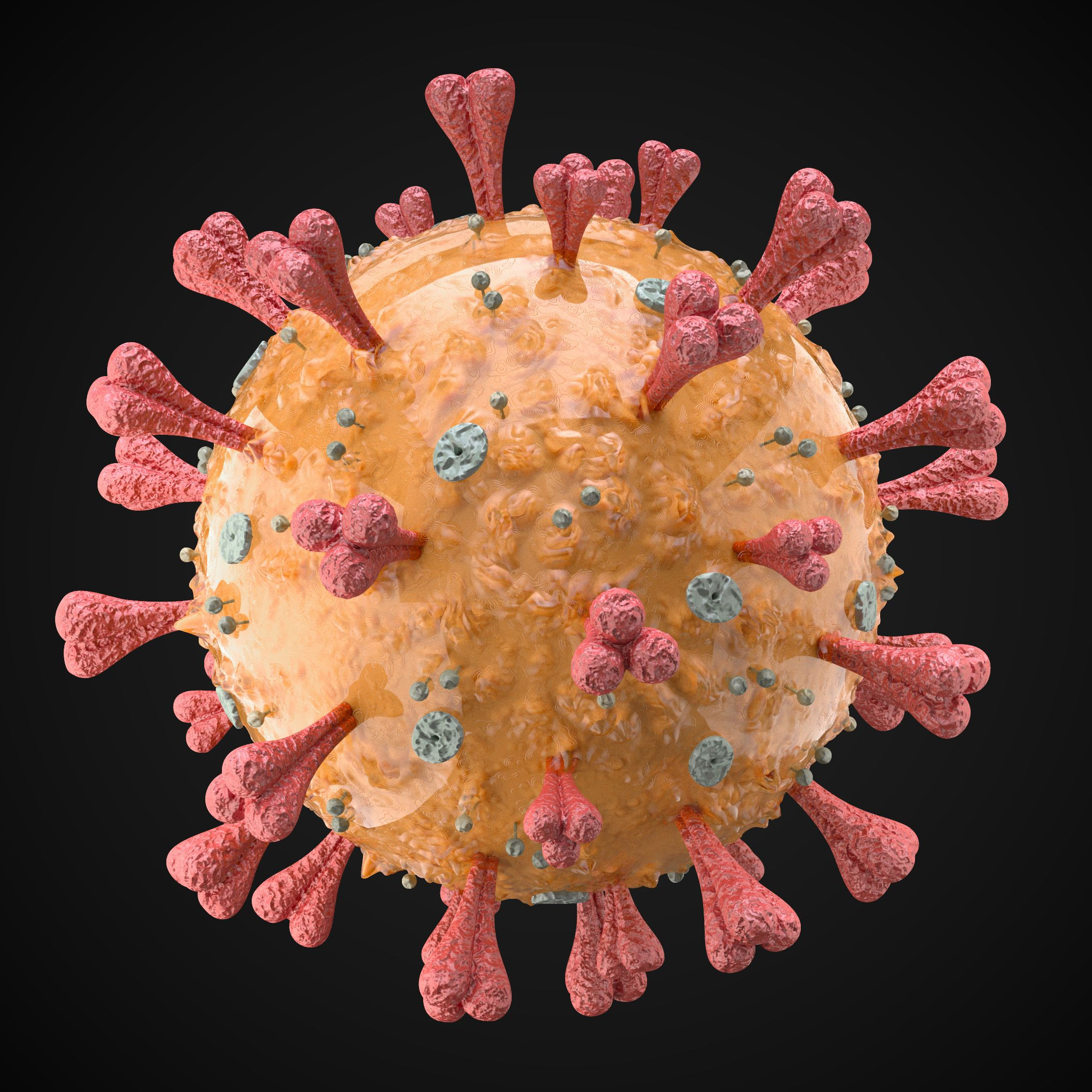
What is Hendra virus disease?
The Hendra virus belongs to the genus of henipaviruses of the paramyxovirus family. It is closely related to the Nipah virus and is grouped in risk group 4 of the Biostoffverordnung. The Hendra virus can cause severe infections in horses and humans alike. In exceptional cases, infections have also been detected in dogs. Various experiments have shown that guinea pigs, hamsters and cats are also a risk group for infections with the Hendra virus.
How widespread are Hendra viruses?
The first severe cases of Hendra virus disease with febrile respiratory illness were detected in 1994 in horses living in the vicinity of Brisbane in Australia. Since that time, there have been regular infections in horses. However, these have mostly been local outbreaks confined to Queensland and Wales. Seven people have already become infected with the Hendra viruses through direct contact with the animals or through contact with their contaminated excreta. A total of four of these infections were even fatal. The cause was identified as flying foxes of the Pteropus family. It is assumed that the transmission occurred through the excrements of the flying foxes or also via contaminated fruits licked by horses. Since only a few people become infected with Hendra virus, it is assumed that direct transmission from horses to humans is not particularly efficient.
What is the morphology of the Hendra virus?
The virus is an enveloped virus with a helical ribonucleocapsid. The RNA of the Hendra virus is surrounded by the capsid protein and the lipid envelope contains two glycoproteins. One is the fusion protein and the other is the glycoprotein G. The genome of the Hendra virus is formed from a single-stranded RNA molecule that is negatively polarised. In total, the virus contains six genes and 18,234 nucleoids.
How is Hendra virus disease transmitted?
Transmission from infected horses to humans occurs through indirect or direct contact with contaminated blood, saliva, nasal discharge and faeces. So far, there are no indications that a human-to-human transmission is possible. Direct transmission from fruit bats to humans has also not yet been reliably proven .
What are the symptoms of Hendra virus disease?
The period between infection with Hendra viruses and the appearance of the first symptoms is about 5 to 21 days.
The following symptoms are noticeable in infected horses:
- Fever,
- Loss of appetite,
- Restlessness,
- Nasal discharge,
- Respiratory distress,
- Colic symptoms.
As the disease progresses, there are often symptoms in the central nervous system, for example ataxia, confusion and convulsions.
In humans, on the other hand, most cases initially show flu-like symptoms that are vaguely definable, such as high fever, headache and pain in the limbs. Furthermore, respiratory symptoms occur, which can develop into fatal encephalitis or pneumonia within a few days. Encephalitis caused by Hendra viruses can develop even months or years after an infection with Hendra viruses has been overcome. Although infection with the virus is quite rare, the lethality rate is very high. It is as high as 57 % at .
How is Hendra virus disease diagnosed?
Diagnosing a infection with Hendra viruses off the cuff is almost impossible as a doctor. The first symptoms are too similar to a quite normal flu infection. For this reason, the doctor cannot rely on anamnesis and physical examination alone to make a diagnosis. At present, there are no tests available on the market for a reliable diagnosis of an infection with Hendra viruses . Therefore, contact must be made with an appropriate institute, if Hendra virus disease is suspected. The national high-security laboratory of the Friedrich-Löffler Institute, among others, is available for this purpose .
Hendra viruses can be diagnosed in the following different ways:
- Cultivation and virus isolation in vitro,
- Quantitative genome detection using a PCR test method,
- Strain typing based on genome sequencing,
- Quantitative neutralising antibody detection,
- ELISA test for serological detection of antibodies and differentiation of immunoglobulin classes,
- Detection of antibodies using immunofluorescence-based assays.
How is Hendra virus disease treated?
At infection with Hendra virus is treated purely symptomatically. A therapy with rivavirin can be tried. Otherwise, Ibuprofen or paracetamol can be used for pain and for high fever. In most cases, intensive medical treatment in hospital will be necessary.
How can you protect yourself against Hendra virus disease?
No vaccine is available against the Hendra virus at this time. Infections in humans are classified as a threatening disease in Germany . They are also reportable according to paragraph 6 of the Infection Protection Act. Horses, but also humans, should be isolated if they are infected with Hendra viruses in order to prevent the spread of the virus. Furthermore, efficient hand hygiene helps to protect oneself from the pathogens. If there is a proven infection with Hendra viruses in a horse with which one has been or is in contact, one should consult a doctor when one's own symptoms appear. This way is essential to be able to exclude an infection with Hendra viruses or to be able to prove it.
Another protective measure is the warning against eating tree fruits such as dates or tree fruit juices. Especially if there are clearly visible bite marks from animals. The juices must be heated to at least 70 degrees to kill the viruses. The safest way, however, is to avoid eating raw fruit juices altogether. Travellers are advised to stay away from agricultural stables .
